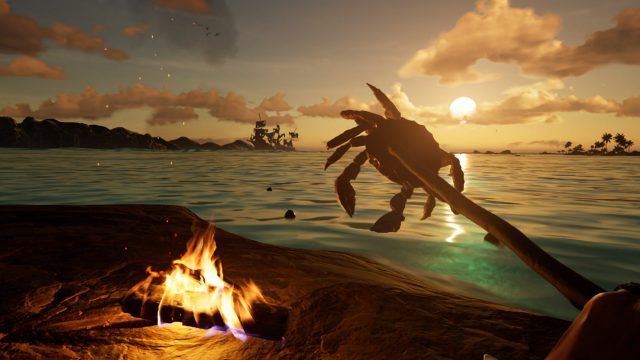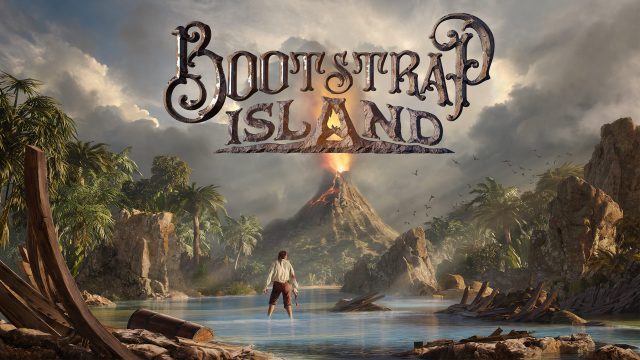Industry Direct by Rein Zobel, Creative Director & Co-founder at Maru VR Productions
Industry Direct is our program for sponsors who want to speak directly to the Road to VR newsletter audience. Industry Direct posts are written by sponsors with no involvement from the Road to VR editorial team. Links to these posts appear only in our newsletter and do not intermix with our on-site editorial feed. Industry Direct sponsors help make Road to VR possible.
About three years ago, after years of doing custom-made VR projects, we decided to start working on our own VR game: Bootstrap Island. We envisioned a systems-based survival game, where players could forget their everyday world in a lush tropical setting. The physics-based interactions would not only be for show, they would actually have gameplay depth, so that features such as a dynamic day/night system, fire, liquid, AI and even contextual voiceover would blend together into one immersive Robinsonesque gaming experience. Over the years, we have pitched the game to most of the publishers and investors in the VR field. While most of them were enthusiastic about the game, all the conversations boiled down to one question and conclusion: “Will you also have a standalone version? No? Okay, good luck then!”
In February 2024, we launched Bootstrap Island into Steam Early Access as an independent self-published title. At the time of the writing, it holds a “Very Positive” rating, with hundreds of content creator videos made within weeks, totalling millions of views.
Players seem to enjoy the most being in a photorealistic free open world where the interactions actually feel like they would in a real world. We made a stylistic choice of using minimal menus and tutorials, because figuring out interactions on your own gives people a sense of achievement and agency in a virtual world. And of course, it fits the survival theme very well.


With Bootstrap Island, we tried to approach differently. In order to meet our gameplay goals, we needed all the hardware juice that is possible, so PC VR was the only viable option. In the early stages of development, we were hoping that one day we could port the game to Quest platform as well. After all, business-wise that seemed to be the only smart choice. However, as the game has grown, we no longer have that notion. The difference in raw power between a Quest and a powerful PC is ten-fold. Keep in mind, that even a PC VR-only game needs to put considerate effort into optimization, as compared to regular screen games, as a VR game is rendered to two screens at a high framerate. The stakes are high, as when the game doesn’t run well or doesn’t look good, from the user’s standpoint it’s not just an inconvenience, it’s an unforgivable disruption in their perceived reality.


